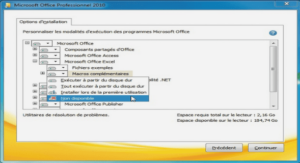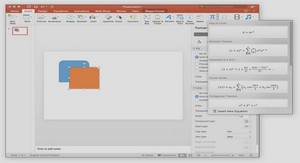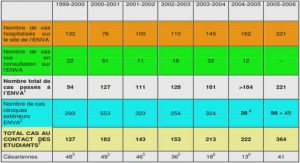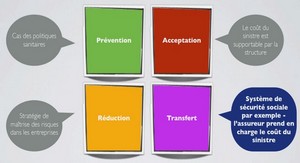Support de cours Microsoft PowerPoint Tutorial, tutoriel & guide de travaux pratiques PowerPoint en pdf.
Brief overview of Relational Databases and Database Applications
The first databases implemented during the 1960s and 1970s were based upon either flat data files or the hierarchical or networked data models. These methods of storing data were relatively inflexible due to their rigid structure and heavy reliance on applications programs to perform even the most routine processing.
In the late 1970s, the relational database model which originated in the academic research community became available in commercial implementations such as IBM DB2 and Oracle. The relational data model specifies data stored in relations that have some relationships among them (hence the name relational).
In relational databases such as Sybase, Oracle, IBM DB2, MS SQL Server and MS Access, data is stored in tables made up of one or more columns (Access calls a column a field). The data stored in each column must be of a single data type such as Character, Number or Date. A collection of values from each column of a table is called a record or a row in the table.
Different tables can have the same column in common. This feature is used to explicitly specify a relationship between two tables. Values appearing in column A in one table are shared with another table.
A Business Example
In this section, we will outline a business example that will be used as a basis for the examples throughout the tutorial. In organizations, the job of analyzing the business and determining the appropriate database structure (tables and columns) is typically carried out by Systems Analysts. A Systems Analyst will gather information about how the business operates and will form a model of the data storage requirements. From this model, a database programmer will create the database tables and then work with the application developers to develop the rest of the database application.
For this tutorial, we will consider a simple banking business. The bank has many customers who open and maintain one or more accounts. For each Customer, we keep a record of their name and address. We also assign them a unique CustomerID. We assign this unique identifier both for convenience and for accuracy. It is much easier to identify a single customer using their CustomerID rather than by looking up their full name and address. In addition, it is possible for the bank to have two customers with the same name (e.g., Bill Smith). In such cases, the unique CustomerID can always be used to tell them apart.
In a similar fashion, all accounts are assigned a unique account number. An account can be either a checking account or a savings account. Savings accounts earn interest but the only transactions allowed are deposits and withdrawals. Checking accounts do not earn interest. We maintain the date that the account was opened. This helps us track our customers and can be useful for marketing purposes. Finally, we maintain the current balance of an account.
……….





